Our blog is a travel blog, but it’s not just about the beautiful places we go. Sometimes we offer travel tips, like saving money or packing. In this post, I’m going to offer a glimpse behind the curtain of what it’s like to be a travel photographer.
When you’re a travel photographer, media is your currency. Capturing enchanted photos that tell the visual story of your experience in the location the photo was taken is what we aim to achieve. Sometimes we succeed with beautiful photos and videos that receives high praise from social media followers. Other attempts turn out as unbelievable failures of wasted time. The perfect photo is rarely taken with one shot and it never ends with the camera.
Travel photographers don’t just travel with a single camera. Our gear takes up more than a full maximum size carry on bag, spilling over into a backpack. Here’s a list of the essentials that always come with us:
Sony A6500 mirrorless camera body
Sony Vario-Tessar T* 16-70mm f/4 ZA OSS lens
Sigma 30mm f/1.4 DC DN contemporary lens
4 batteries and charger for the Sony camera
Multiple lens filters
Filters for the Osmo Action
Mounts for the Osmo Action
Western Digital MyPassport Wireless Pro
This list is not exhaustive. Certain locations require additional gear items, but this list…this is the backbone that captures our media.
The camera
Mirrorless cameras are all the rage these days. They are generally smaller than DSLR cameras (and look almost identical), but the images are captured directly by the sensor without the need of a mirror to reflect the image from the lens. Almost every major camera manufacturer is producing mirrorless models today, but we chose to go with Sony, because it kind of has become the king for mirrorless travel photography. The A6500 is internally stabilized with 5-axis stabilization in the body, which allows us to use non-stabilized lenses and still produce high quality images without blurred images from shaky hands. It also has a 425 point auto-focus detection and the fastest auto focus speed on the market. This allows us to snap photos quickly with intended accuracy in the focal point areas of the frame. Finally, the A6500 is pretty compact for a high quality mirrorless camera. Since we carry a lot of gear, the smaller the better.
The lenses
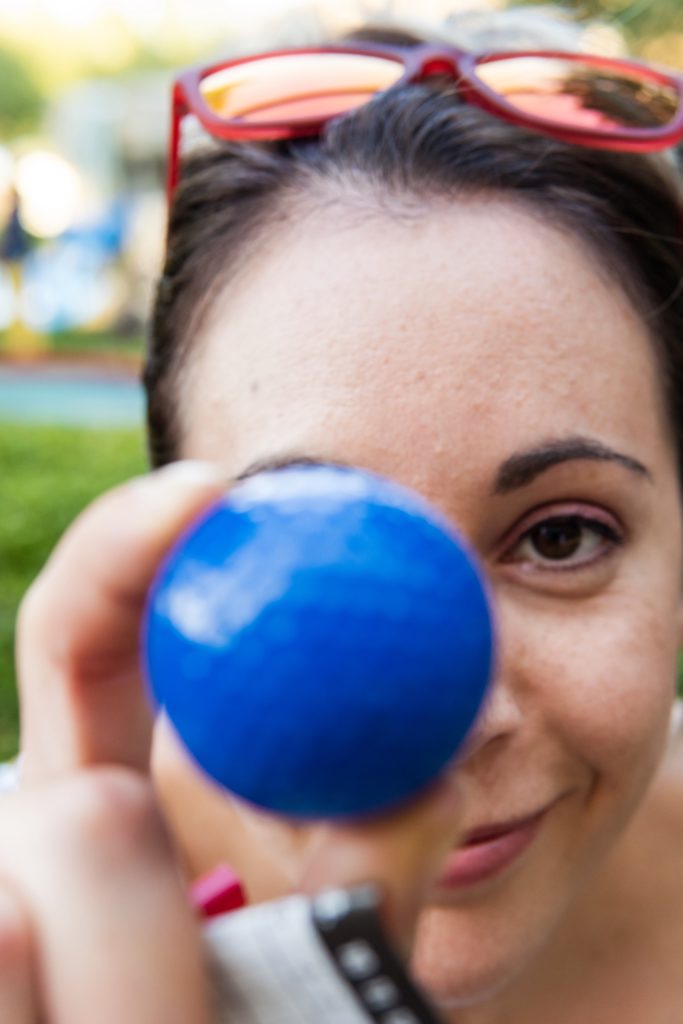
The first lens we bought was the Vario-Tessar 16-70mm lens. This lens is a Carl Zeiss lens, which is the premium line of lenses manufactured by Sony. It has a nice range of wide angle to mid-range telephoto and has optical image stabilization built in. This is a great all around lens that produces crisp photos with good bokeh. Because it is not a prime lens, it just doesn’t have a large enough aperture for low light photography like night time street photography.
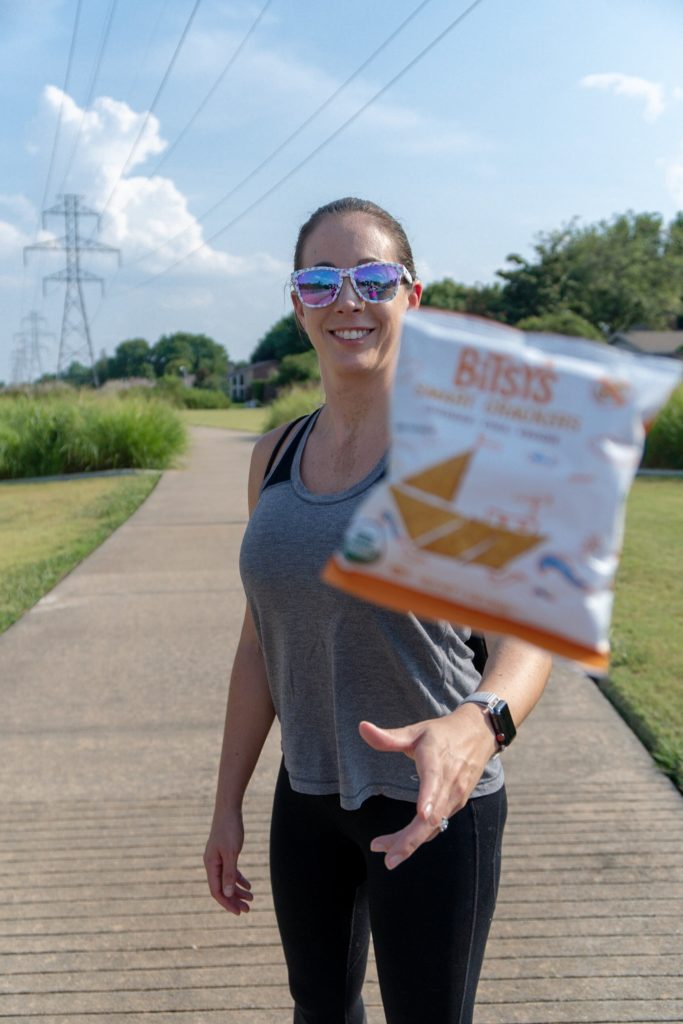
For the low light photos or photos requiring a fast lens, we use a Sigma 30mm with a f-stop of 1.4. This lens is super fast and produces exceptional bokeh. If you only carry a single prime lens, this seems to be a great length.
While it’s not always carried with us, we also have a Sony 55-210mm lens to choose for mountain and nature photography. This lens has a specific use, so there’s no need to carry it for most trips, but it’s always good to have when you need it.
The travel tripod
We haven’t named it, but we might as well. This thing is important in allowing us the ability to take photos with both of us in the frame. Without a tripod, we’re just 1gorotravel. We chose the Bonfoto for its reasonable price, sturdy aluminum frame, and small footprint when folded. When out exploring, the tripod gets housed in an Oggio backpack that I carry around. It doesn’t sit alone in the backpack though. It shares space with our drone.
The intervalometer
Intervalometers are devices that connect to your camera and you can select intervals for shooting, telling the camera how many shots to take and how much time between the shutter releases, or how long to leave the shutter open. Even more useful than an intervalometer is a wireless intervalometers, which can be really useful and important devices for photography, especially for travel couples. Photos that feature couples have to be taken with both subjects in the frame. That means that nobody is behind the camera to operate it. Without an intervalometer, I would have to place the camera on the tripod focus Michelle in the frame, shoot video and then join her in the frame, or use the internal timer feature of the camera and take a single photo. With a wireless intervalometer, I can set it to take, for example, 1 photo every second for 10 seconds, but with quick shutter release. This would give us the option to take a short with multiple poses over the 10 second period. And with the wireless transmitter, I can join Michelle in the frame before the camera starts taking photos and trigger that sequence from up to 300 feet away (we will never have the camera set up anywhere close to that far). The intervalometer can also be programmed to take long exposures.
The drone
I’ve been using drones since the DJI Phantom 3 came out in 2015. I no longer use the Phantom, but I do still use DJI products, since I feel the quality is far superior to anything else. These days I use a DJI Mavic 2 Pro. I chose this drone, because the Pro version has a Hasselblad camera. Hasselblad has been manufacturing cameras for over a century, but the image is so crisp with Hasselblad cameras, that NASA uses them for space photography. Hasselblad also performs well during the day or at night.
The gimbal camera
While traveling, there are frequently many occasions where we need stabilized video. One example of these situations includes filming on boats. Some people carry large gimbals for full body cameras to satisfy this need, but those are quite large apparatuses, and travel typically means weight and space limitations. DJI manufactured the perfect solutions—the Osmo Pocket. It’s pocket sized gimbal camera that shoots in resolutions up to 4K/60. Like the DJI drones, the Osmo Pocket produces excellent quality photos and videos, in a tiny footprint. The Osmo Pocket is also packed full of features like panorama and time lapse. If you’re a photographer and reading this, you’re probably wondering about filters. There are companies that manufacture UV, CPL, and ND filters for the Osmo Pocket.
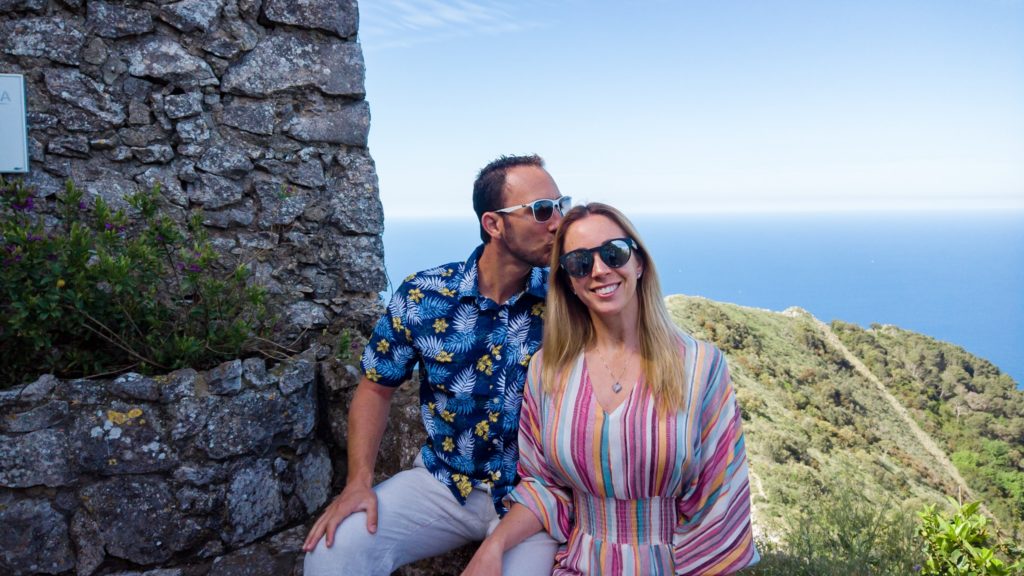
Action cameras
I have been in love with action cameras since the GoPro Hero cameras were released in 2006. Unfortunately, I had no need for one at that time, because I was studying to become a lawyer and was not doing any adventure traveling, or adventure at all. Unless you count rioting in the streets of East Lansing during the NCAA tournament (don’t get self-righteous; it’s a tradition). I got my first taste of action camera ownership in 2014 when I bought a GoPro Hero 3+ for auto racing. This camera allowed me to do things like view the road track right behind my car’s front wheels at 140 mph and capture snow-covered mountains while snowboarding down the slopes. It was good, but it wasn’t great.
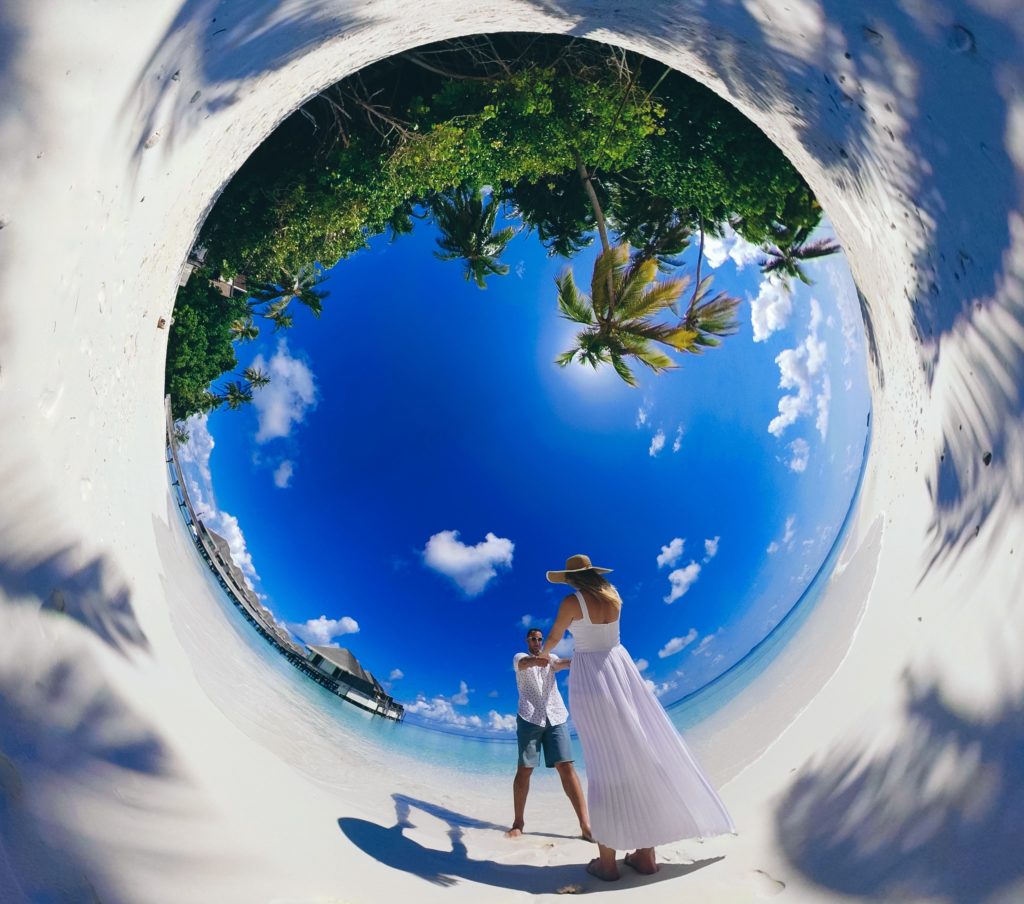
When GoPro released the Fusion last year, I jumped on board and bought one. It was kind of expensive, but the Fusion is a 360 degree camera with 2 lenses so it can take video that you can view with a virtual reality headset. We don’t use this camera for VR videos, because we can’t really get that format across through Instagram, but we do use it when we want to take video in all directions, because we can process the 360 video as if it were taken with one lens. We also use it to get those really interesting looking circular photos that we post on Instagram occasionally.
Earlier in this post I lamented in how much I love DJI products. A few months ago, DJI released the Osmo Action. It’s DJIs answer to the GoPro Hero cameras. It has a color screen on the front so you can see the view if you’re using it to take a selfie and a large color touchscreen on the back. It also has an in camera stabilization that far superior to that of the GoPro, in my opinion. I think DJI camera sensors are a bit better than the GoPro camera sensors. But, like the DJI Osmo Pocket, you can purchase filters to put over the lenses on the Osmo Action. So, I bought one and carry that now instead of the GoPro Hero.
The storage
MicroSD cards are a necessary evil. And, they can be rather expensive. Especially when you’re using a camera that requires 2 cards (GoPro Fusion). At any given time, we have to have 6 memory cards in all our camera devices. Devices that record in 4K resolution require cards with fast transfer speeds. I find that Samsung EVO cards are the best value. They are fast enough for all cameras and waterproof. Samsung EVO cards are specifically branded for sale on Amazon so you can’t get them anywhere else. I highly recommend them if you are in the market for new microSD cards.
But, what if you’re paranoid a memory card will fail or just extremely precautious? Then you also take a hard drive with you on your trips like we do. We use the Western Digital MyPassport Wireless Pro. This hard drive has a built in SD card slot so you can upload your media directly to the hard drive without dealing with device transfers. The hard drive creates a new folder each time there is an import and dumps the media from the card to the drive. That means the media is stored on the card and backed up to the drive. The wireless function allows us to wirelessly connect our iPhones or iPads to the drive to pull off media so we can post process it for posting online. Such a nice feature to have because most drives require a power source; this drive has a battery built in, because you don’t always have access to an electrical outlet.
When we get home from our trips, we have to put the media somewhere. Our travel media lives on a NAS (Network Attached Storage). This device is a box that has room for 2 SATA hard drives which can be up to 14TB a piece. That’s a lot of storage for media. The NAS box also connects directly to our home network, which gives us the ability to pull up old travel media from anywhere in the world as long as we have a connection to the internet.
If you have any questions about our gear or process, send us an email or comment below.
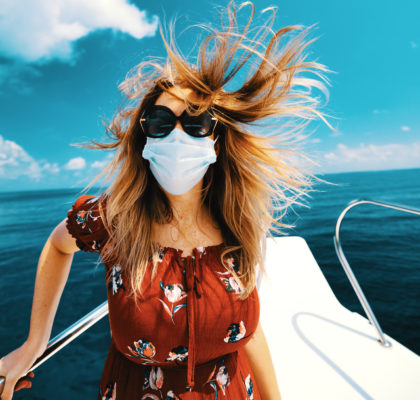
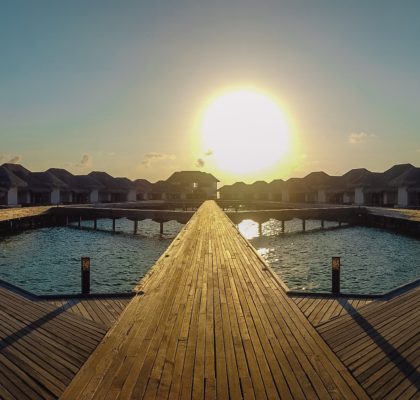
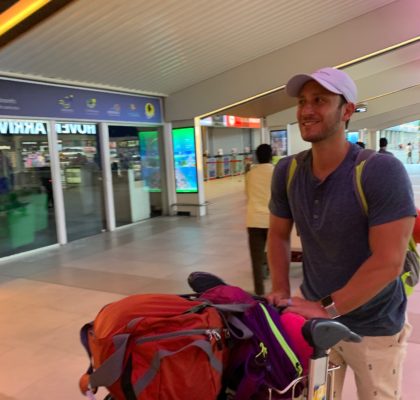
It’s actually a nice and useful piece of info. I am happy that you shared this helpful info with us.
Please stay us up to date like this. Thank you for sharing.